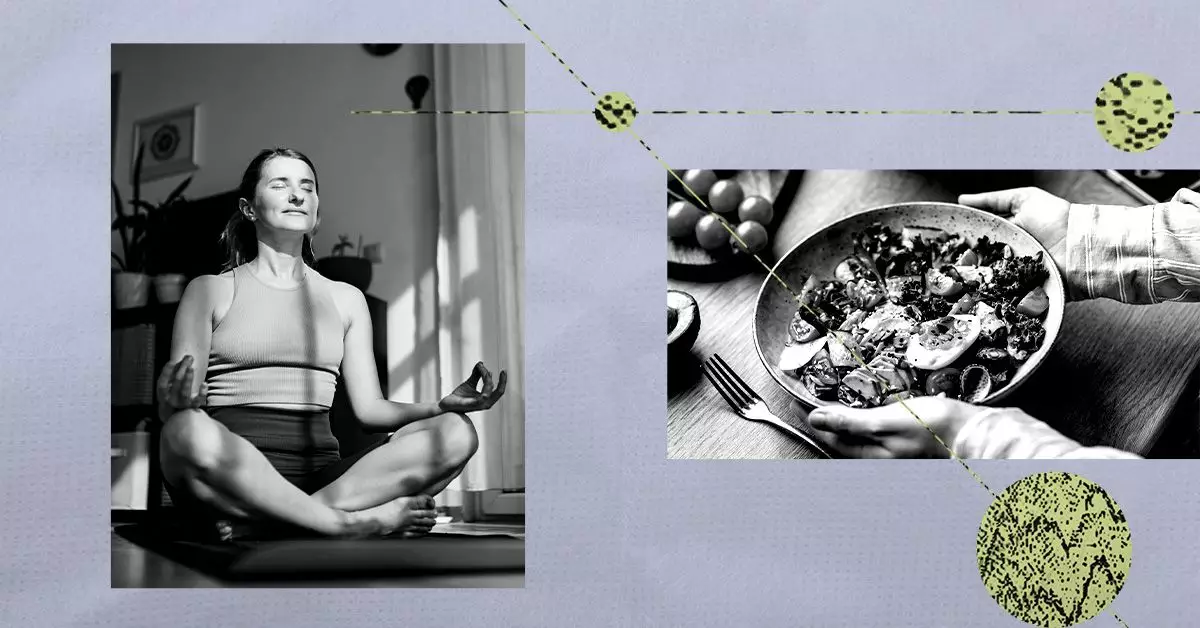Chronic Lymphocytic Leukemia (CLL) is a type of cancer that primarily affects the blood and bone marrow. One of the most pervasive and debilitating symptoms experienced by individuals with CLL is fatigue. Unlike ordinary tiredness that can be alleviated with rest, CLL-related fatigue is a complex and persistent condition that demands a nuanced understanding and proactive management. This article delves into the various facets of fatigue associated with CLL, its underlying causes, and the strategies that can be employed to manage this challenging symptom.
The Nature of Fatigue in CLL
Fatigue experienced by those with CLL is distinct from the transient tiredness that most people contend with after periods of exertion. While regular fatigue generally dissipates after adequate rest, individuals with CLL often report feeling drained even after a full night’s sleep. This unrelenting exhaustion can impact daily activities, quality of life, and emotional well-being. The perception of energy loss in CLL can manifest as feelings of weakness, heaviness, and lethargy, complicating one’s ability to engage in everyday tasks and social interactions.
Several interconnected factors contribute to the fatigue experienced by individuals with CLL. Here are some prevalent causes:
1. **Anemia**: Many patients with CLL suffer from anemia, a condition characterized by a deficiency in red blood cells. This inadequacy can lead to a shortage of oxygen delivered to tissues, resulting in feelings of fatigue and breathlessness.
2. **Inflammation**: The presence of systemic inflammation in CLL can elevate the sensation of fatigue. The body’s immune response inadvertently creates a cascade of chemical signals, contributing further to tiredness.
3. **White Blood Cell Depletion**: An important aspect of living with CLL is the depletion of white blood cells, diminishing the body’s ability to fight infections. This reduction requires additional energy, which may exacerbate feelings of fatigue.
4. **Cytokine Production**: Cytokines, proteins produced by immune cells, play a significant role in the pathophysiology of fatigue in CLL. Elevated levels can disrupt normal energy balance and contribute to overall fatigue.
5. **Treatment Side Effects**: Therapeutic interventions such as chemotherapy, while necessary for managing CLL, can lead to pronounced fatigue as a side effect.
Footsteps towards Management
While fatigue is a formidable challenge for those living with CLL, various strategies exist to mitigate its impact:
1. **Exercise and Physical Activity**: Regular, gentle exercise can offer enormous benefits in managing fatigue. Activities such as walking, yoga, and stretching not only enhance physical well-being but also aid in combating fatigue by boosting endorphins— the body’s natural mood elevators. It is vital, however, to consult with healthcare providers before beginning any exercise regimen to ensure it is aligned with individual capabilities.
2. **Nutrition**: A well-balanced diet rich in fruits, vegetables, and whole grains can significantly influence an individual’s energy levels. Research indicates that specific nutrients can improve overall health and may bolster energy levels during cancer treatment.
3. **Hydration**: Staying well-hydrated is crucial for maintaining energy. Dehydration can lead to fatigue, so individuals should aim to drink sufficient water throughout the day. Flavored water, infused with fresh fruits, may encourage increased fluid intake.
4. **Scheduled Breaks**: Planning regular intervals for rest during the day can counter fatigue. Administrative measures such as scheduling important tasks and meetings during peak energy times can enhance efficiency and allow for restorative breaks.
5. **Relaxation Techniques**: Incorporating relaxation practices such as progressive muscle relaxation, deep breathing, or mindfulness meditation may contribute to improved energy levels and reduced stress. Evidence suggests that these techniques can have a positive influence on both mood and fatigue levels.
Fatigue may also be exacerbated by comorbid conditions. Addressing underlying issues such as anemia, sleep disorders, or psychological distress can be vital. Healthcare professionals can conduct assessments and provide tailored treatments to manage these co-occurring problems effectively.
For instance, if anemia is diagnosed, interventions could include dietary modifications or iron supplementation as needed. By addressing these interconnected issues holistically, individuals can experience an improvement in energy levels and overall quality of life.
Fatigue is an integral aspect of living with Chronic Lymphocytic Leukemia that can significantly affect daily functioning and emotional well-being. By understanding the multifaceted nature of this fatigue—its causes and potential management strategies—those affected can take actionable steps toward enhancing their energy levels and overall quality of life. A combination of lifestyle modifications, proper medical guidance, and a proactive approach can empower individuals with CLL to navigate their challenges more effectively.

